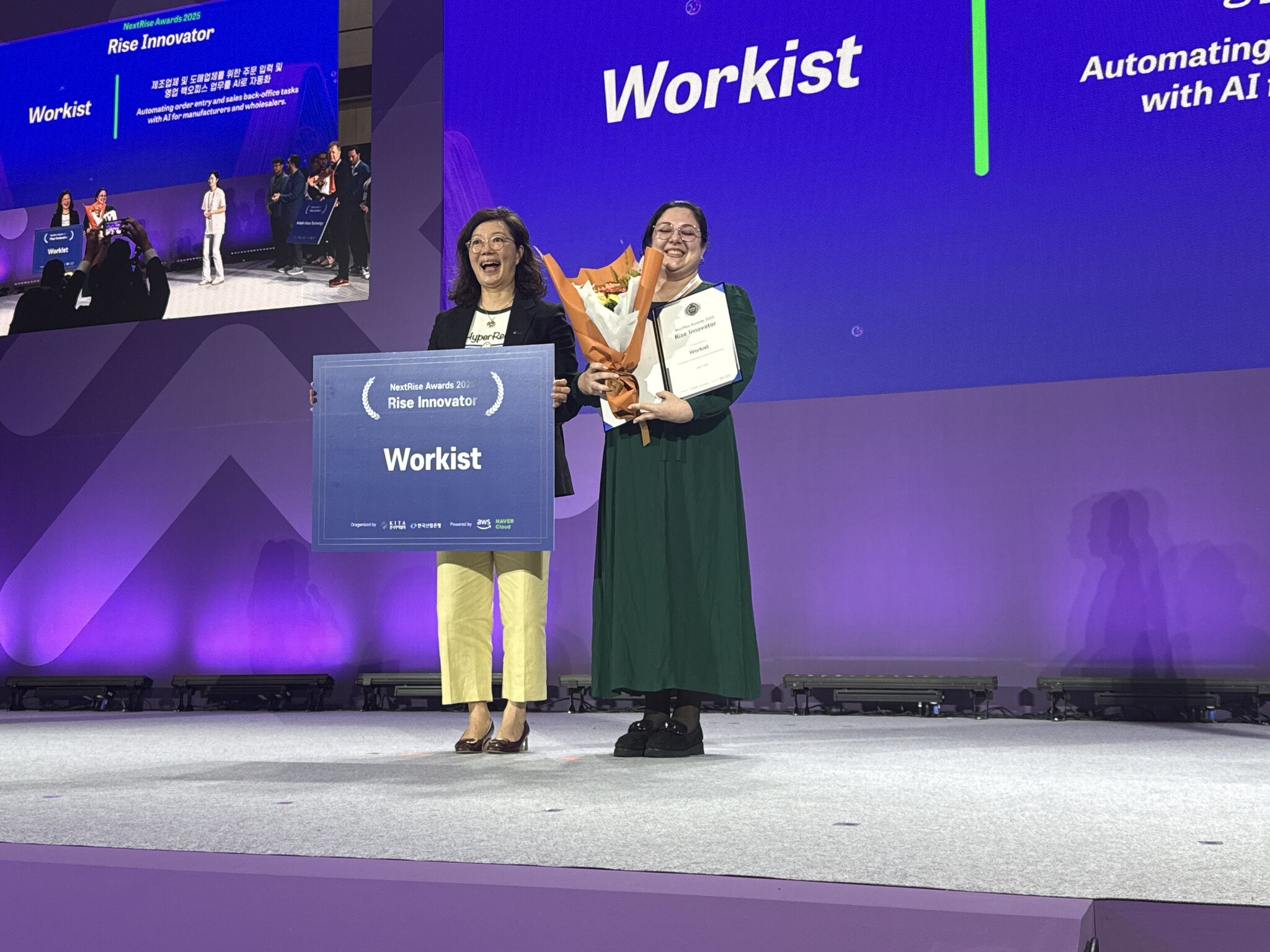Manual data entry still occurs even in today's highly technical and digitalized times. Numerous companies and institutions still rely on this type of data capture - partly out of habit, partly out of concern about change. But is this approach still worthwhile? And what is the alternative? We have explored these questions in this article.
What is meant by data entry?
During data entry, you collect and measure data from various sources. The general meaning is: "A work process in which data is converted into a machine-readable form and stored on data carriers".
Companies use analogue or digital data capture to transfer relevant data to the internal IT system (ERP) in a structured form and thus make it usable for further processes. The employees responsible often still have to carry out this process by hand by manually checking and transferring incoming data. However, this step is always necessary in order to initiate the next process step. Good data entry can significantly help companies save time, work more efficiently and reduce their costs.
What are the available options for data entry?
Even though you might think that most companies already enter their data digitally these days, manual data entry is still used. As the name suggests, it is done entirely by hand and can therefore often be very time-consuming for administrators.
In contrast, automated digital data entry is much more efficient. Manual entry is no longer necessary. Modern software captures the data completely automatically and error-free. All you then need to do is review the analysis.
Traditional data entry
Anyone who works with manual data entry will at some point realize how time-consuming this method of working is. It also requires maximum concentration and precision to ensure that no errors creep in, invoices are sent incorrectly or quantities are incorrect.
To ensure correct results, you have to carefully check your entries again and again for errors - another time-consuming procedure that doesn't seem to fit into the age of digitalization. In addition, the error rate will always be higher than with computerized processing.
The argument that the switch to digital data capture is too expensive and that the conventional method will therefore be retained for the time being is only partially tenable. Although the purchase of software and the training of employees costs money in the first step, they can expect to save a lot of time from day one. The resulting cost savings will quickly amortize the initial investment.
You need to factor in the following costs for manual data entry:
- High labour costs, manual input and necessary checks.
- Opportunity costs of the working time used, which you could use for value-adding tasks such as active sales or personal customer service.
- Indirect costs for longer response cycles, which means you can process fewer orders, for example.
- Costs due to susceptibility to errors and the resulting additional work for necessary reworking and corrections.
In addition to saving time, you also save money when recording data digitally. The advantages of this modern way of working therefore clearly outweigh the disadvantages. It can therefore be said quite clearly that manual data entry is no longer a viable model for the future.
Automated data entry
The benefits of automated data entry are manifold. If you opt for an AI solution such as Workist's, you will save time and be able to focus more on the proactive part of your work in the future - giving you more time for customer service, optimizing your response cycles and active sales. You will make your business processes more efficient and reduce your costs in the long term. In addition, the changeover will ensure a higher quality of your data in the long term and reduce errors.
The five main advantages of automated data entry are:
- Time savings
- Efficient processes
- Lower costs
- Optimized data quality
- Lower error rate

Manual data entry has consequences
The manual entry and capture of data has an impact on work at all interfaces. Extreme concentration is required when processing forms in order to avoid errors. In the worst case scenario, this can reduce the productivity of your employees and result in an immense amount of time being wasted.
Modern methods can not only fulfil the requirements of the digital age better in this respect. As already mentioned, the environment also suffers from traditional working methods.
The time factor in particular plays a major role in manual data entry. One of the many examples of this is the order entry process. You receive data with every order, which you then have to manually transfer from the order document to your ERP system. This costs time every single order. How quickly an order is entered also depends on the availability of employees. It is also easier for transmission errors to creep in during manual entry. If this is the case, the orders cannot be processed and executed correctly.
Automated data entry with Workist
With Workist's AI software, you can process all important data from your order documents quickly and accurately. This allows you to process all your customer documents quickly and accurately – with an unchanged order process for your customers.
Our technology uses a particularly intuitive process and guarantees 100 per cent reliable data extraction by matching it with your master data. If our AI is ever unsure whether an extraction is correct, human clerks provide feedback. The AI learns to recognize the data correctly and gradually closes more and more gaps in the database.
If you carry out your data entry with Workist, you can go live within a few days. We easily integrate the software into your infrastructure and thanks to the specific expertise from over 3,000,000 documents of our AI, it delivers results immediately - without predefined templates. The time savings achieved are therefore often over 70% from day one.
Reading tip: Zentis relies on Workist for automated data entry: „The freed-up capacity now allows us to focus more on growth and customer service again.“, says Head of Business Process Optimization Philipp König. Read the success story now.
Conclusion: You should rely on digital data entry in the future
The manual entry of data can now be considered a phase-out model with a clear conscience. Modern AI-based software programs have numerous advantages for users and protect the environment in the long term. Anyone who wants to save time, work as efficiently as possible and gain new insights from data analyses should therefore rely on modern technology and banish paper forms from their work processes.

%201.jpg)
